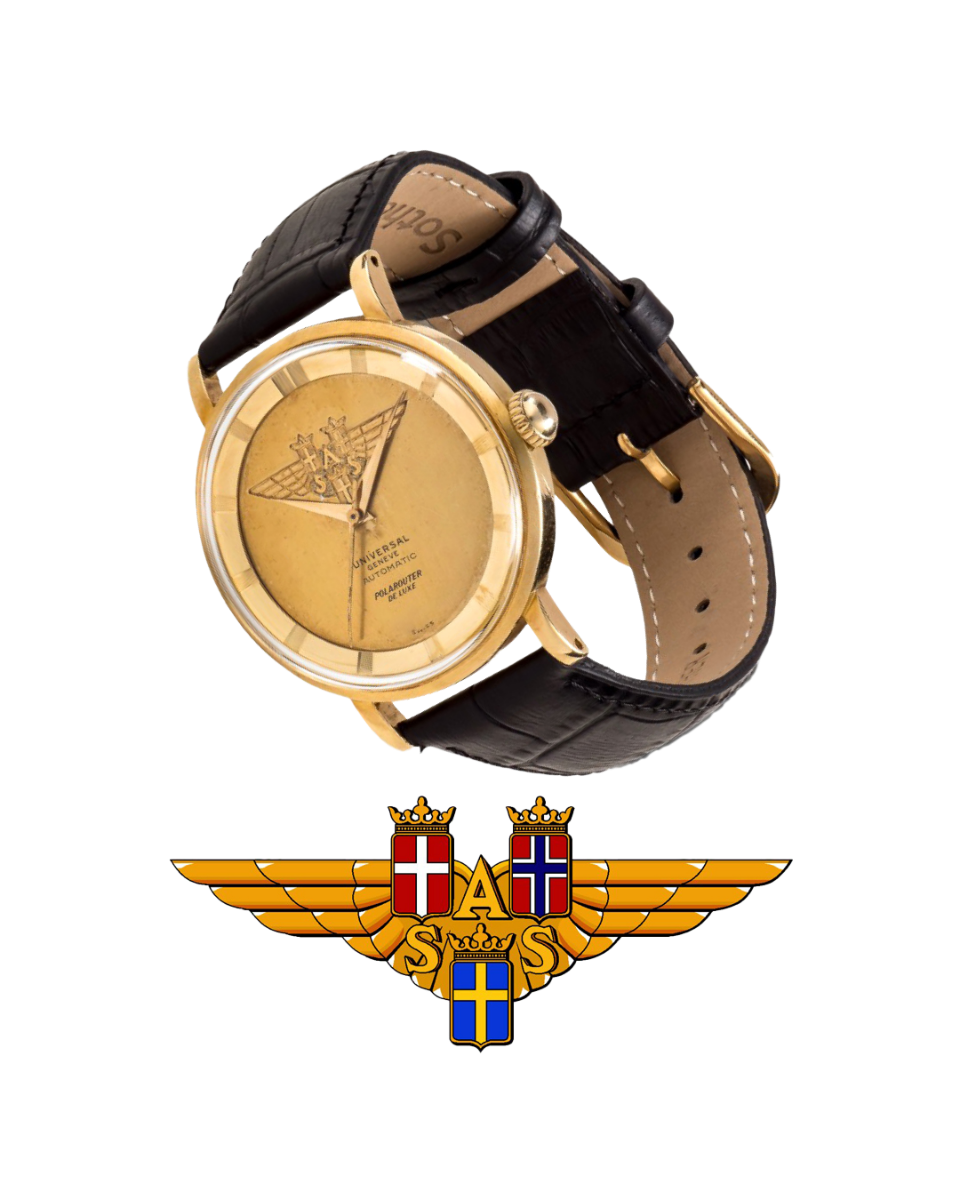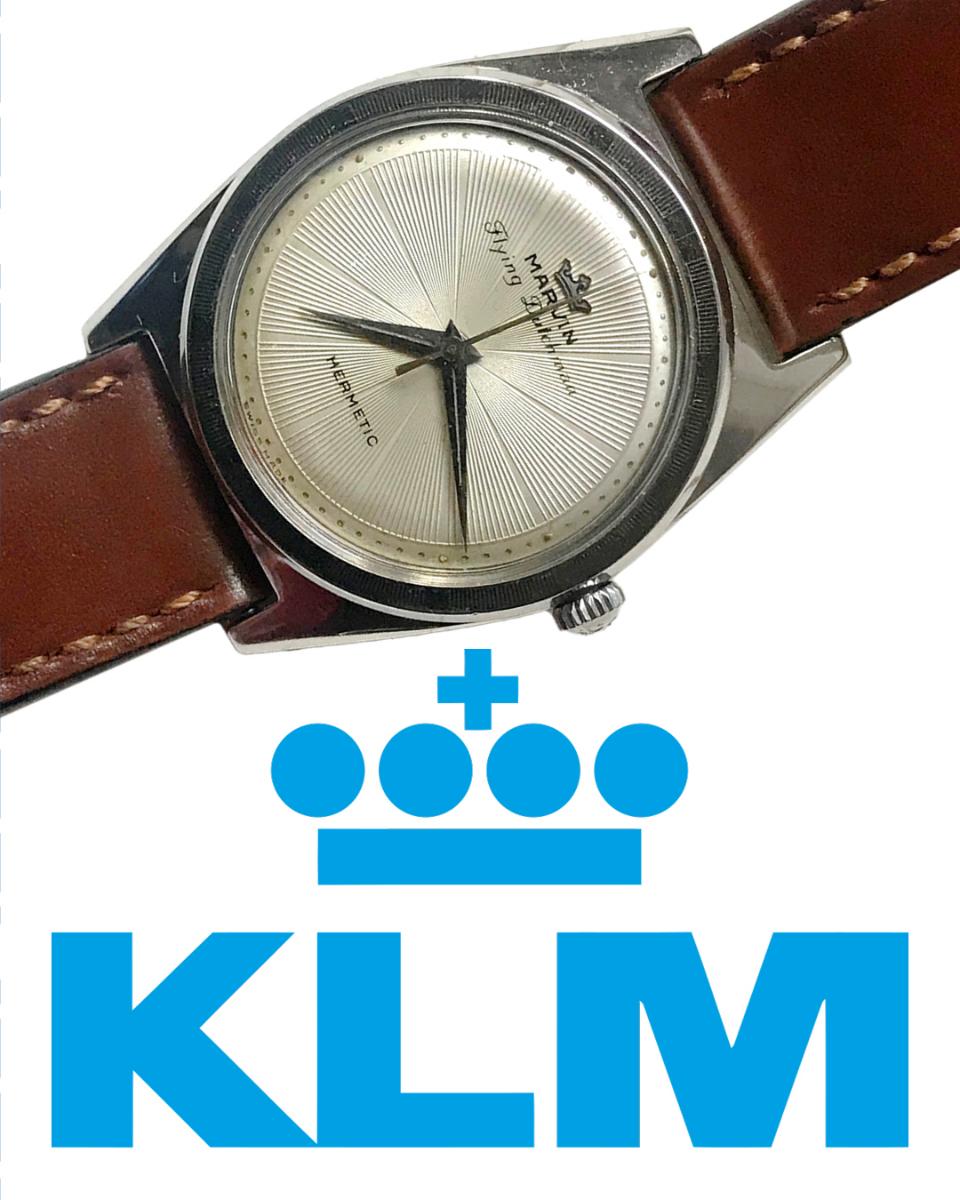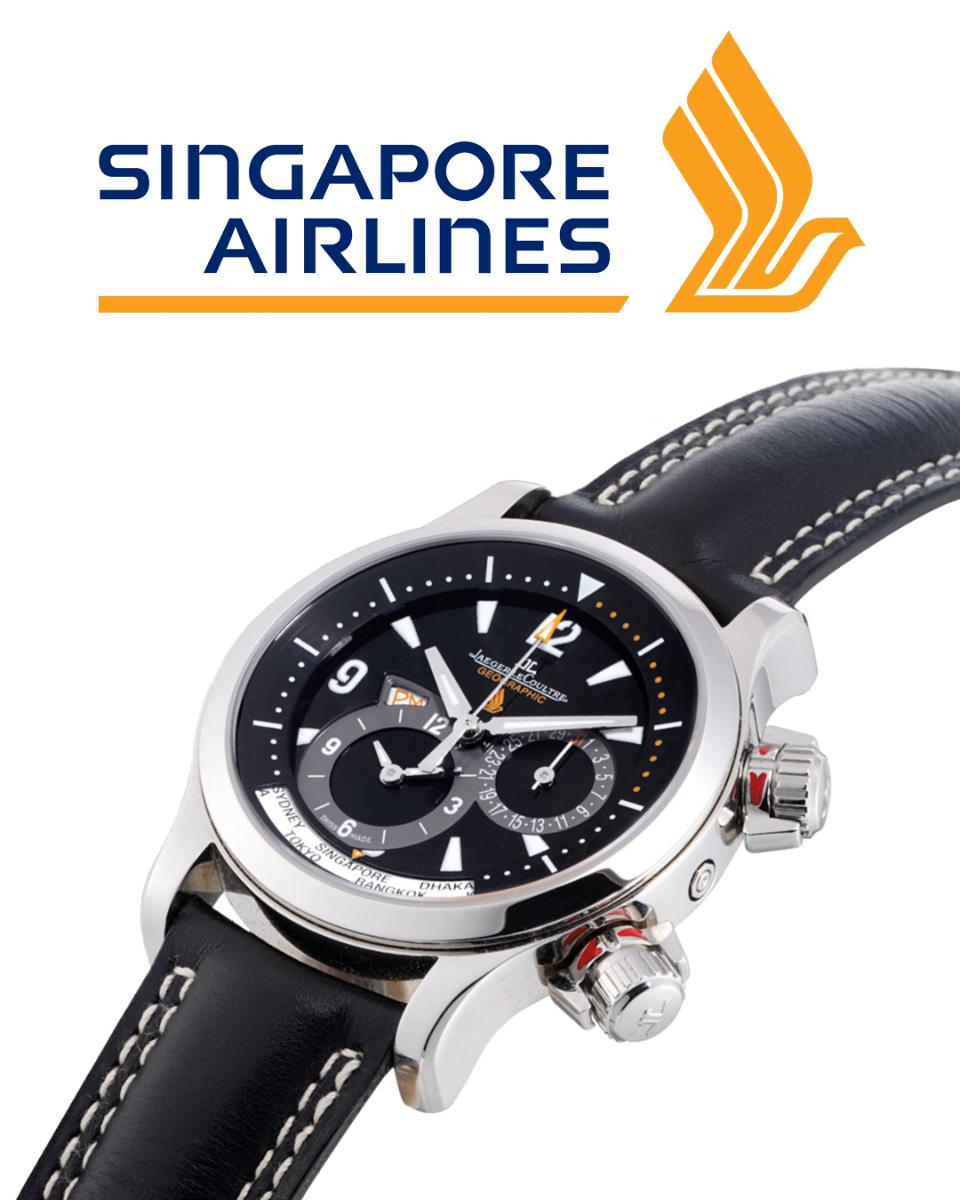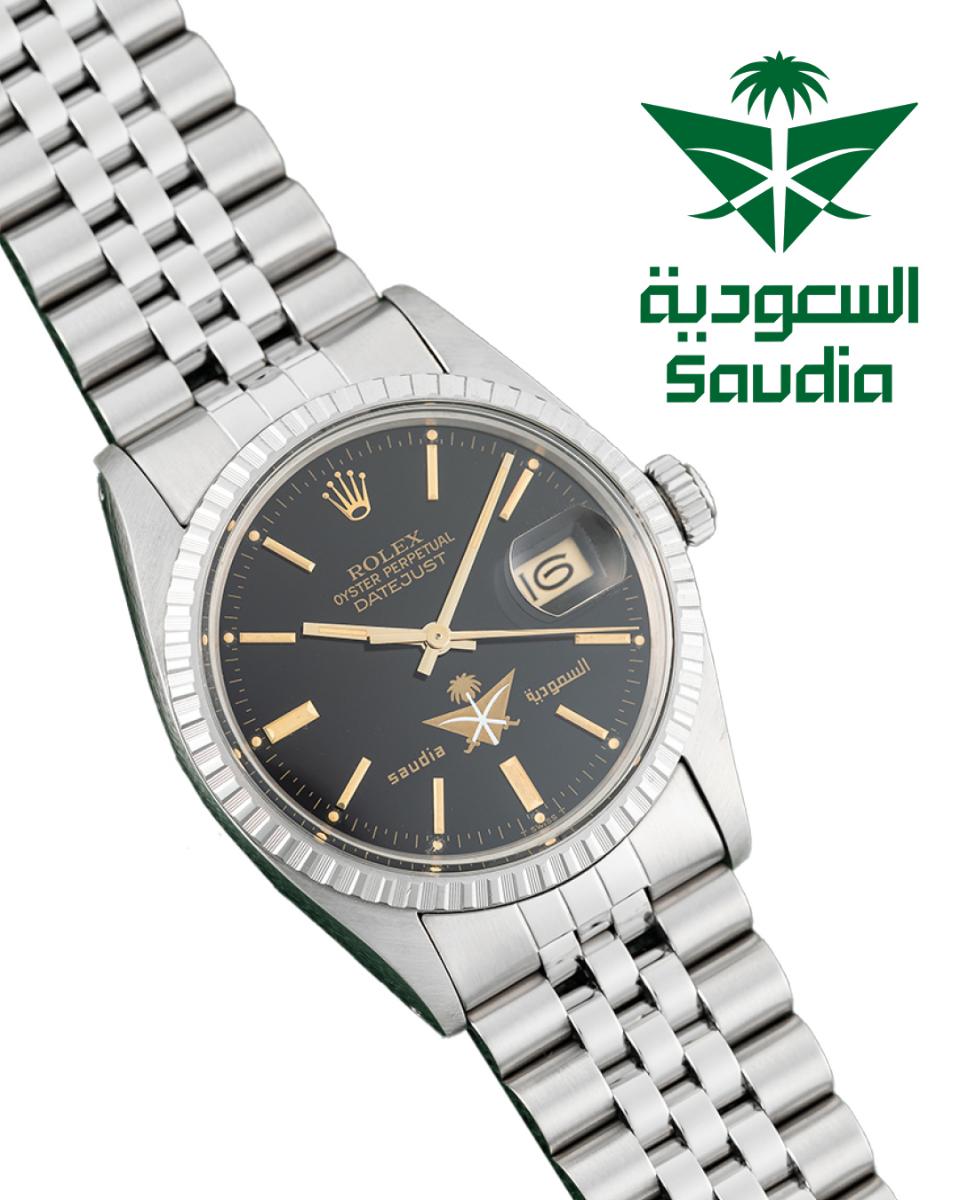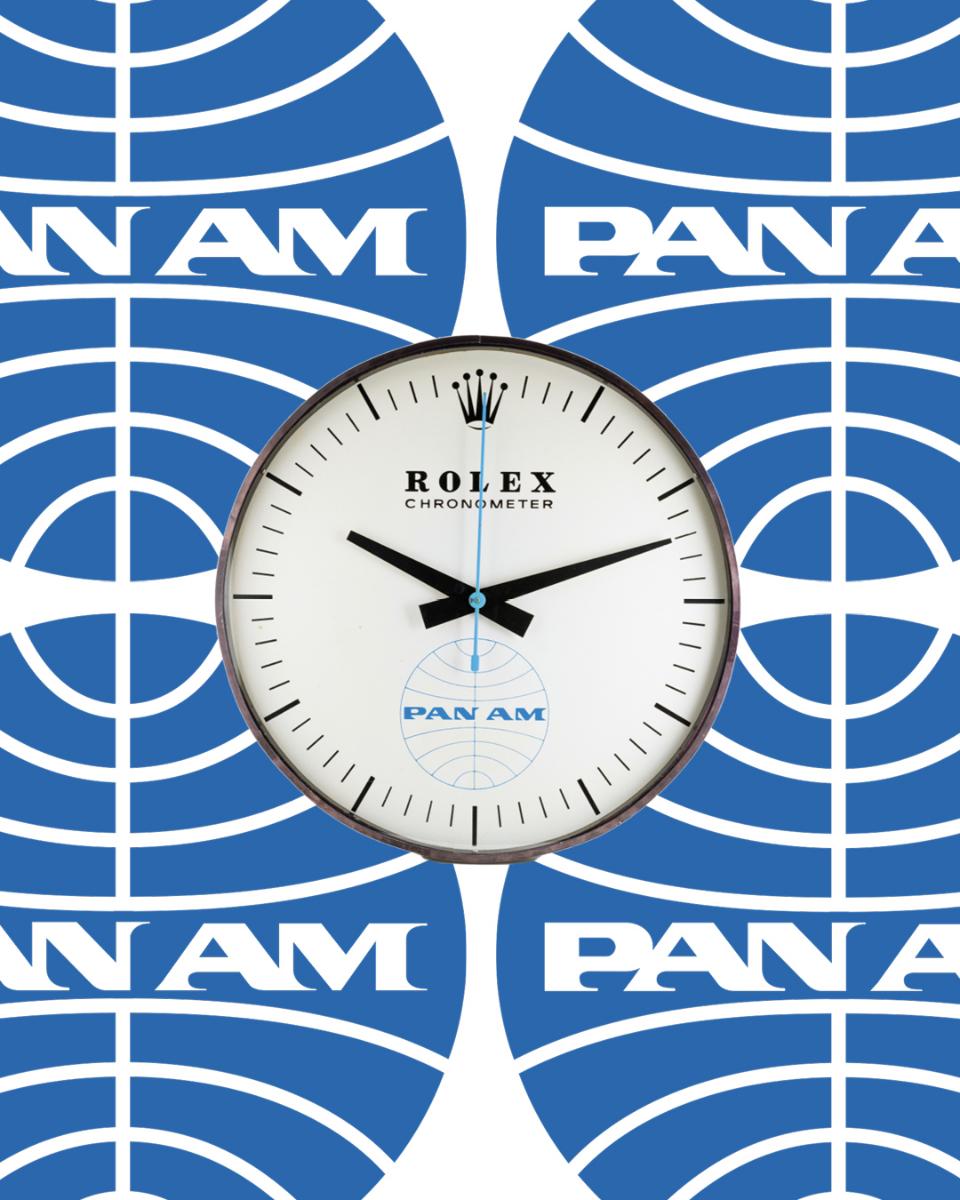THE QUIRKY BACKSTORY OF . THE QUIRKY BACKSTORY OF . THE QUIRKY BACKSTORY OF . THE QUIRKY BACKSTORY OF . THE QUIRKY BACKSTORY OF
AIRLINE-BRANDED WATCHES. AIRLINE-BRANDED WATCHES. AIRLINE-BRANDED WATCHES. AIRLINE-BRANDED WATCHES
28 April 2025
The Quirky Backstory of Airline-Branded Watches
education
by @watches_and_culture
